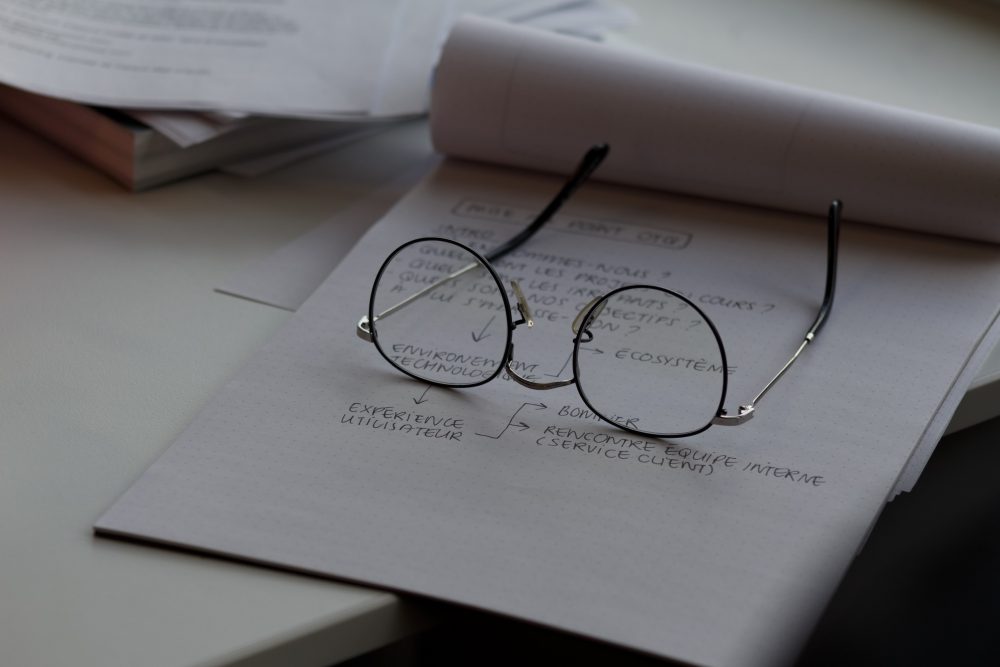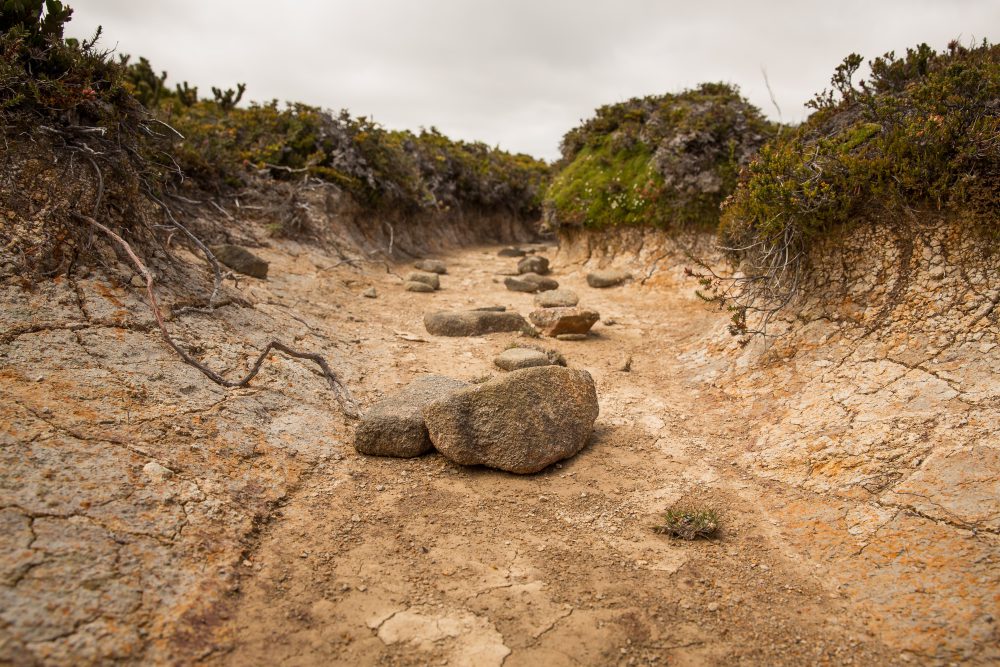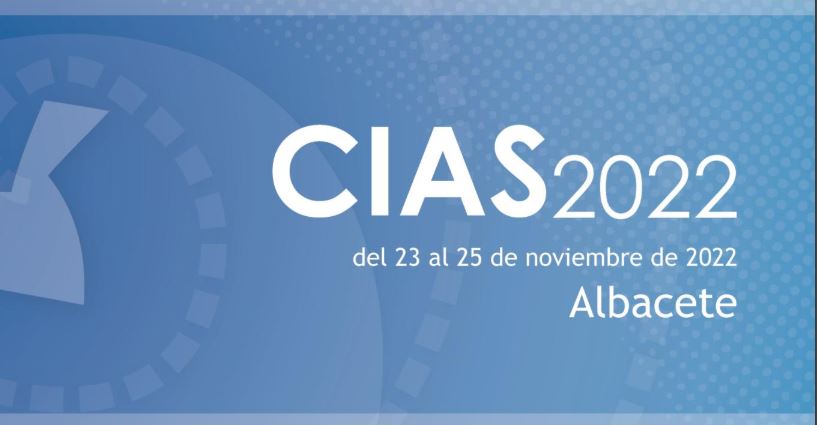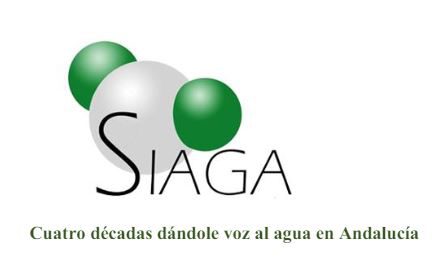#04 | European and Spanish legislation on aquifer recharge with treated wastewater
Author: Beatriz de la Loma (Cetaqua Barcelona)
Aquifer recharge with treated wastewater is a process that has been gaining traction in recent years as a way to increase water availability and reduce the effects of drought. This process is becoming increasingly important in Spain, as the country faces a growing demand for water due to population growth and climate change. In order to meet this demand, Spain has implemented a number of measures to increase the availability of water, including aquifer recharge with wastewater. This process involves the injection of treated wastewater into an aquifer, which is then stored for later use as irrigation, industrial or drinking water. In Europe and Spain, legislation has been developed to ensure that aquifer recharge with wastewater is done in a safe and sustainable manner. This article will discuss the European and Spanish legislation on aquifer recharge with wastewater.
The European Union (EU) has established a number of directives and regulations that govern the use of aquifer recharge with wastewater. The Water Framework Directive (WFD)1 is the primary piece of legislation that governs water management in the EU. It sets out the objectives for water management, including the protection of groundwater resources from pollution. The WFD also requires that Member States develop groundwater protection plans, which must include measures to protect groundwater from pollution caused by wastewater. In Spain, the WFD is implemented through the Law 62/2003, article 129, which modifies the Spanish Water Act (Ley de Aguas) of 2001.

The WFD requires that all treated wastewater used for aquifer recharge must meet certain quality standards. These standards are set out in the Spanish Royal Decree 1620/20072, which establishes the maximum allowable concentrations of various pollutants in wastewater used for aquifer recharge. The Royal Decree also sets out specific requirements for monitoring and reporting on the quality of the water used for aquifer recharge. The main parameters and concentrations of the quality standards are outlined in Annex I of the decree. These include parameters such as microbiology (e.coli an nematodes), total suspended solids and turbidity, nitrate and total nitrogen. The concentrations of these parameters must be within certain limits in order for the wastewater to be suitable for aquifer recharge.
In addition to the legal requirements, there are also a number of standards that can be used to ensure the quality of water used for aquifer recharge. The most important of these is the one set by the WHO3 in 2003, which sets out specific requirements for the quality of water used for aquifer recharge. This standard requires that the water used for aquifer recharge must meet certain limits for various pollutants, including total suspended solids, biochemical oxygen demand, and chemical oxygen demand.
In conclusion, aquifer recharge with wastewater is an important tool for water resource management and water security in Europe. The EU has established a number of directives and regulations that govern the use of aquifer recharge with wastewater, and a number of Member States have also established their own legislation related to the process. These regulations are designed to ensure that aquifers are recharged with treated wastewater in a safe and sustainable manner, while also protecting public health.

- European Commission. (2020). Water Framework Directive. Retrieved from https://ec.europa.eu/environment/water/water-framework/index_en.htm
- Real Decreto 1620/2007. Real Decreto 1620/2007, de 7 de diciembre, por el que se establece el régimen jurídico de la reutilización de las aguas depuradas. Retrieved from https://www.boe.es/buscar/pdf/2007/BOE-A-2007-21092-consolidado.pdf
- WHO (2003). State of the art report health risks in aquifer recharge using reclaimed water. World Health Organization. https://www.who.int/water_sanitation_health/wastewater/wsh0308chap5.pdf
More news

#04 | Congreso Ibérico de las Aguas Subterráneas 2022 | 23- 25 Nov | Albacete
Congreso Ibérico de las Aguas Subterráneas

#01 | Evento corporativo Agbar por el Día Mundial del Agua | 24 mar | Online
Evento corporativo Agbar por el Día Mundial del Agua

#05 | XI Simposio del Agua en Andalucía SIAGA | 14 nov 2023 | Granada
XI Simposio del Agua en Andalucía SIAGA

